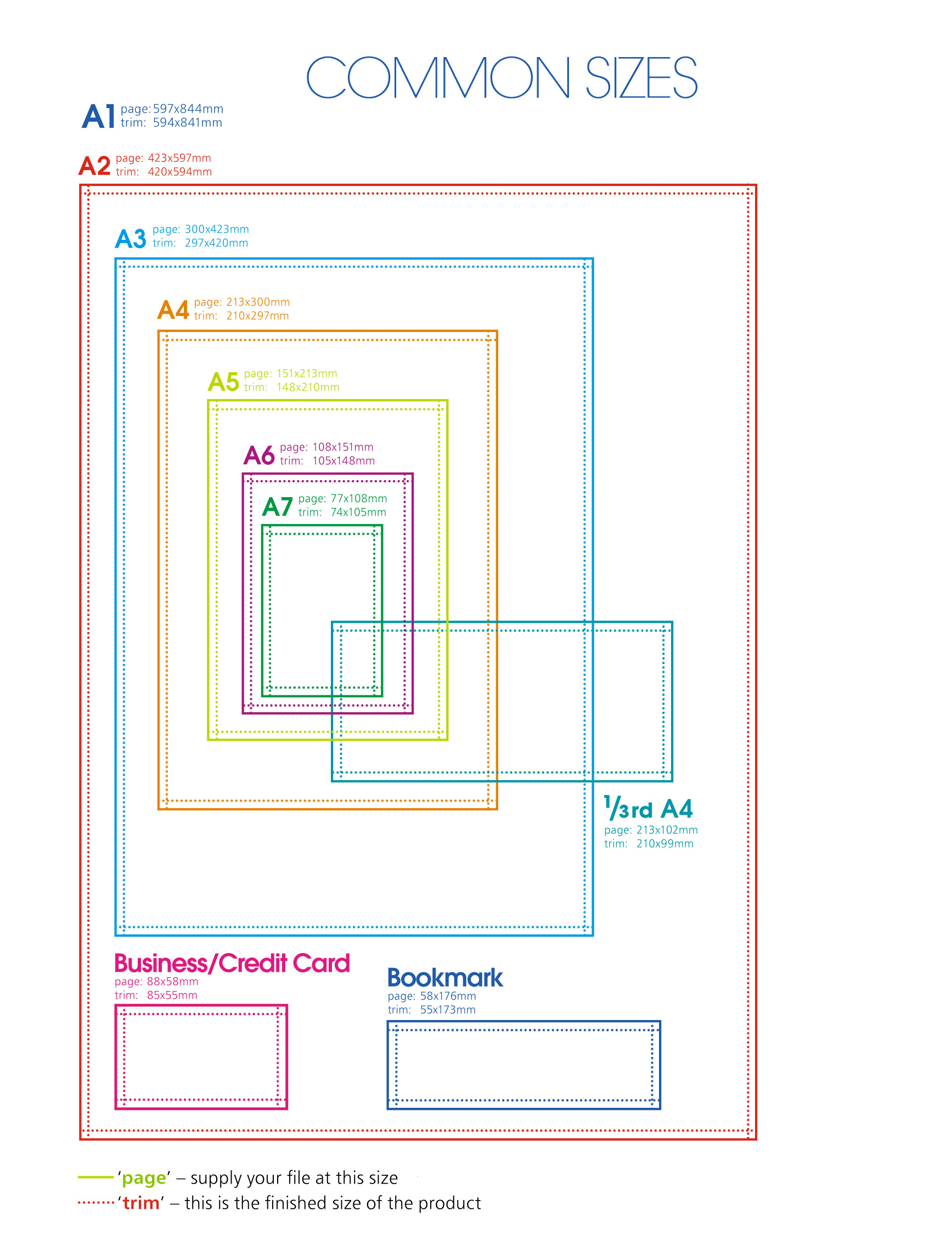

And remember, we can print virtually any size (and within reason cut mounts to any size), so if you don't see the exact size you would like on any or our product pages, just get in touch. Popular aspect ratios for panoramas or 'letterbox' formats would be 2:1 or 16:9, although there are no fixed 'rules' as to how you should crop your images. Panoramic formats are popular with landscape photographers, stitching individual images together to create a wider view can create really striking images (its certainly one of my favourite things to do in post processing, especially now LR and PS allow you to create stitched RAW files, but that's a subject for another blog.). As we also cut bespoke mounts we just cut the 'window' to suit, so you don't need to worry about the exact sizing of your images for print. For example if you maintain your 3:2 aspect ratio and want to print at A3 then the 'long edge' will be 420mm and the height will be 280mm.

Unless instructed otherwise we will always try to print your image at the size selected for the longest edge. This allows us a much greater flexibility in selecting sizes. So, following the 3 : 2 ratio, appropriate sizes might be 18 x 12 rather than A3 (16 x 12), 24 x 16 (A2) or for larger formats 30 x 20 or 36 x 24.Īt we normally print from rolls of paper rather than standard sheet sizes. Generally the landscape photographer will want to fill the frame with the scene, and will often want to print at larger sizes. This then gives you the option to offer clients different format prints from the same image.įor landscape photographers 'giving the subject more room' is not as straightforward. Standard photo size with different matting/ mounts: 5 x 7: 12.7 x 17.78: Photo focused on a specific person: 11 x 14: 27.94 x 35.56: Photo focused on a specific person + matting/mount: 8 x 10: 20.32 x 25.4: Also standard for group photos, without matting: 12 x 14: 30.48 x 35.56: Standard for group photos, with additional matting/picture mounts. It is useful to bear this in mind when shooting your subjects, give the subject more 'room' within the overall image so that if and when you do have to crop to fit a given size, you don't lose important details (or cut someone's limbs off.). On the other hand, it may be that the image just doesn't suit a particular print format. Introduce the idea of size ranges/limits. Include a list of cameras capable of using various sizes. type in tintype and get a list of all sizes that apply to that format. Filtering and display based on type of image e.g. Indeed, cropping an image in a particular way can often add to its impact and improve the composition. Although a few larger formats are included, any that are larger than A4 (210 x 298 mm) will not currently display properly. Modern cameras including smart phones generally have plenty of pixels to use, so 'losing' some of the image thru cropping does not mean you can't get a decent size print from your image. You can also create your own crop settings that you might use regularly. In order to produce prints at standard sizes different to the original aspect ratio we are therefore forced to crop the image, however in programs like LR or Photoshop (and on most smartphones) cropping images is straightforward and there are often preset values to help us.


 0 kommentar(er)
0 kommentar(er)
